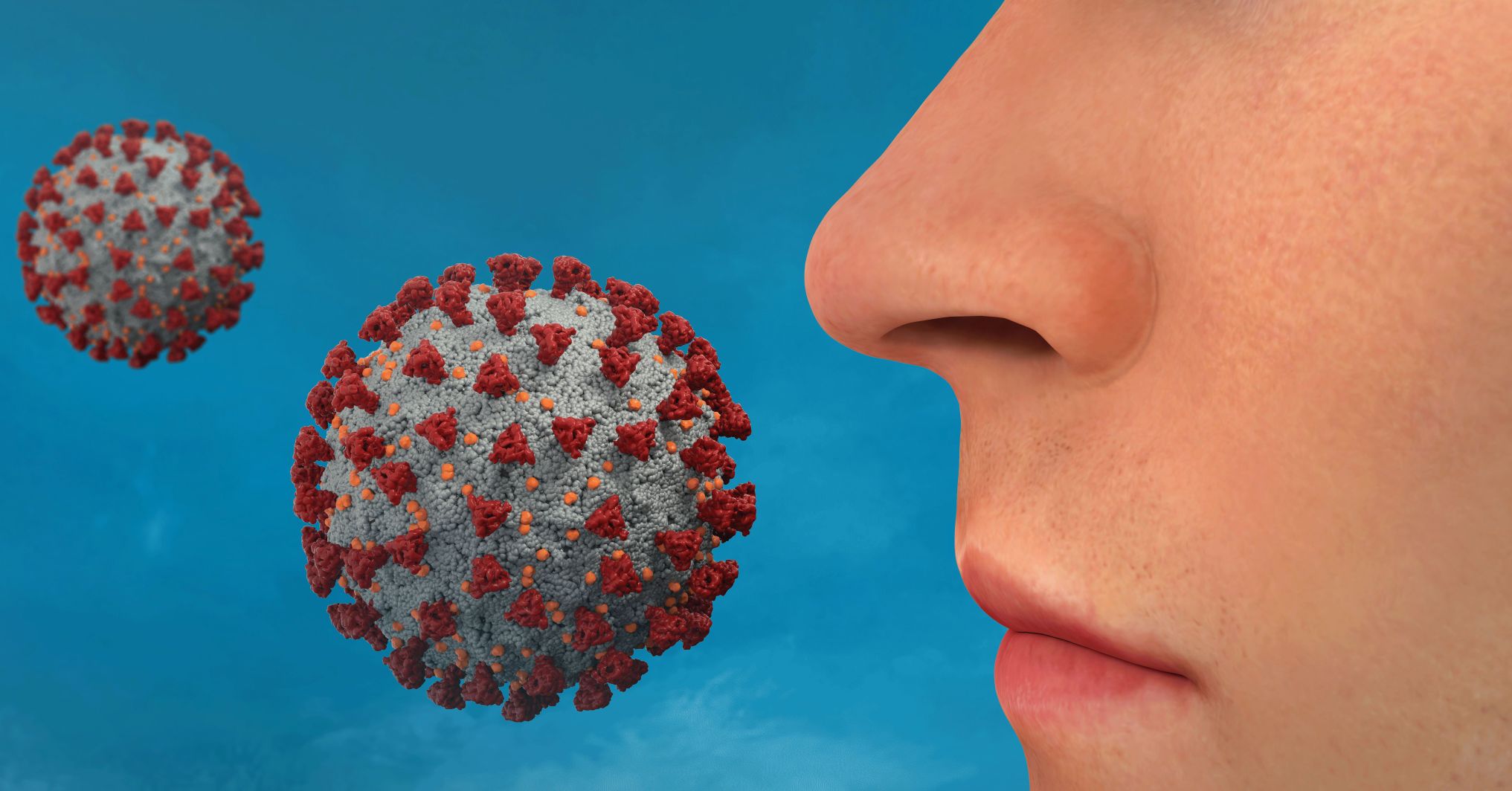Nose cells Covid-19
Key nose cells identified as likely COVID-19 entry points
Published on: 23 April 2020
Two specific cell types in the nose have been identified as likely initial infection points for COVID-19, new research has revealed.
Scientists, including experts at Newcastle University, have discovered that goblet and ciliated cells in the nose have high levels of the entry proteins that the COVID-19 virus uses to get into our cells.
The identification of these cells by researchers involved in the Human Cell Atlas Lung Biological Network could help explain the high transmission rate of the virus.
Reported today in Nature Medicine, this first publication with the Lung Biological Network is part of an ongoing international effort to use Human Cell Atlas data to understand infection and disease.
It further shows that cells in the eye and some other organs also contain the viral-entry proteins. The study also predicts how a key entry protein is regulated with other immune system genes and reveals potential targets for the development of treatments to reduce transmission.

Tremendous resource
Professor Muzlifah Haniffa, from Newcastle University's Faculty of Medical Sciences, said: "The Human Cell Atlas is like a ‘Google map of our body’ and has been a tremendous resource to understand which cells can be infected by the coronavirus causing COVID-19. This data is available for the global research community to access and explore."
COVID-19 affects the lungs and airways. Patient’s symptoms can be flu-like, including fever, coughing and sore throat, while some people may not experience symptoms but still have transmissible virus. In the worst cases, the virus causes pneumonia that can ultimately lead to death.
The virus is thought to be spread through respiratory droplets produced when an infected person coughs or sneezes, and appears to be easily transmitted within affected areas. So far the virus has spread to more than 184 countries and claimed more than 180,000 lives.
Scientists around the world are trying to understand exactly how the virus spreads, to help prevent transmission and develop a vaccine.
While it is known that the virus that causes COVID-19, known as SARS-CoV-2, uses a similar mechanism to infect our cells as a related coronavirus that caused the 2003 SARS epidemic, the exact cell types involved in the nose had not previously been pinpointed.
To discover which cells could be involved in COVID-19 transmission, researchers analysed multiple Human Cell Atlas (HCA) consortium datasets of single cell RNA sequencing, from more than 20 different tissues of non-infected people.
These included cells from the lung, nasal cavity, eye, gut, heart, kidney and liver. The researchers looked for which individual cells expressed both of two key entry proteins that are used by the COVID-19 virus to infect our cells.
Dr Waradon Sungnak, the first author on the paper from Wellcome Sanger Institute, said: “We found that the receptor protein - ACE2 - and the TMPRSS2 protease that can activate SARS-CoV-2 entry are expressed in cells in different organs, including the cells on the inner lining of the nose.
“We then revealed that mucus-producing goblet cells and ciliated cells in the nose had the highest levels of both these COVID-19 virus proteins, of all cells in the airways. This makes these cells the most likely initial infection route for the virus.”
Key entry proteins
The two key entry proteins ACE2 and TMPRSS2 were also found in cells in the cornea of the eye and in the lining of the intestine. This suggests another possible route of infection via the eye and tear ducts, and also revealed a potential for faecal-oral transmission.
When cells are damaged or fighting an infection, various immune genes are activated. The study showed that ACE2 receptor production in the nose cells is probably switched on at the same time as these other immune genes.
Professor Majlinda Lako, from Newcastle University’s Faculty of Medical Sciences, said: “I am happy for our data, which indicates the ocular surface as an additional entry route for SARS-CoV-2, to contribute to this collaborative HCA manuscript.
“This demonstrates the strength of scientific collaborations and large scale initiatives in revealing new insights for the COVID-19 pandemic.”
The work was carried out as part of the global Human Cell Atlas consortium which aims to create reference maps of all human cells to understand health and disease. More than 1,600 people across 70 countries are involved in the HCA community, and the data is openly available to scientists worldwide.
The global HCA Lung Biological Network continues to analyse the data in order to provide further insights into the cells and targets likely to be involved in COVID-19, and to relate them to patient characteristics.
Reference
Waradon Sungnak et al. (2020) Single-Cell Transcriptomics Data Survey Reveals SARS-CoV-2 Entry Factors Highly Expressed in Nasal Epithelial Cells Together with Innate Immune Genes. Nature Medicine. DOI : 10.1038/s41591-020-0868-6



